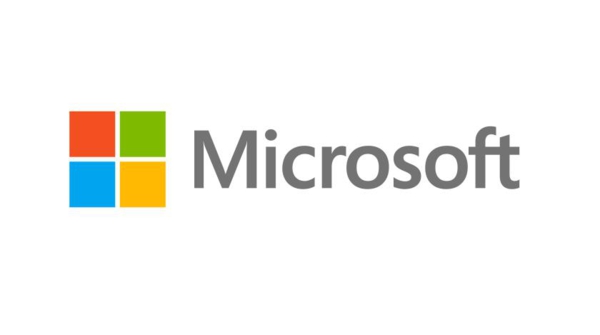
Microsoft has stirred up the blogosphere once again with the latest round of job cuts in its advertising and marketing roster. The number of employees let go is yet to be disclosed by the company as of this writing, but the layoffs are notable simply because they follow so soon after the last round of cuts which occurred in February, when 200 marketing employees were fired.
For anyone tracking Microsoft’s moves lately, this is simply a continuation of the process that has been going on in a piecemeal fashion for some time. The software giant has been shedding bits and pieces of its online advertising business, essentially conceding defeat to the dominant player in the online ad business: Google.
It makes sense, however, for Microsoft to do this, as it hasn’t proven to make much of a dent in any area where it has attempted to compete against Google. It has been able to make some inroads with Bing, upping its search market share by 1.7% this year, but it has not fared as well with display ads or search-based ad revenue. A $6.2 billion write down related to its 2007 acquisition of its aQuantive advertising business adds insult to injury, and this loss alone probably tipped the scales in favor of abandoning the online ad market.
Other recent developments signaling the death knell of Microsoft’s ad business:
- The departure of several big Microsoft advertising execs, including Richard Dunmall, Rick Song and Marc Bressl.
- The winding down of the Microsoft Advertising TV Network, which sought to penetrate the TV ad market with targeted ads using data from set-top boxes.
- The ill-will generated by the Windows/Internet Explorer team among advertisers, thanks to the announcement that IE10 will have the controversial “Do Not Track” feature turned on by default.
These are all clues which point to Microsoft shifting its attention back towards its core moneymakers, rather than its advertising account prospects. Windows alone generates about $12 billion per year in profits, and Xbox is also wildly successful. Microsoft’s acquisition of Skype and its new Surface tablet launch are also going to keep them busy. Meanwhile, the crumbling advertising division is on track to lose over $2 billion this year. That is close the total annual GDP of Greenland an enormous figure.
Across the industry, the cutbacks might have a chilling effect. After all, if Microsoft, with its enormous war chest and some of the most brilliant software engineers on the planet working for it, cannot take on Google, then who can? Facebook Ads certainly isn’t proving itself in this arena.
Also, the previously mentioned advertiser-unfriendly move towards auto-blocking user activity tracking spells trouble for those whose livelihood depends on targeted ads as IE still enjoys a large market share of the browser business, and other browsers might be pressured to follow suit by web users and consumer groups.
With Microsoft seemingly stepping out of the brand advertising business, it does present an opportunity for another competitor to step in and try to take some share from Google. Fortunately, we work in a field that has no shortage of creative people, so the odds are good that someone will, sooner or later, come up with a viable ad platform that can hold its own against the big G.
About the author: When Thomas isn’t covering breaking tech news, he’s busy fishing with his two sons and covering the best phone service providers for businesses.










Comments